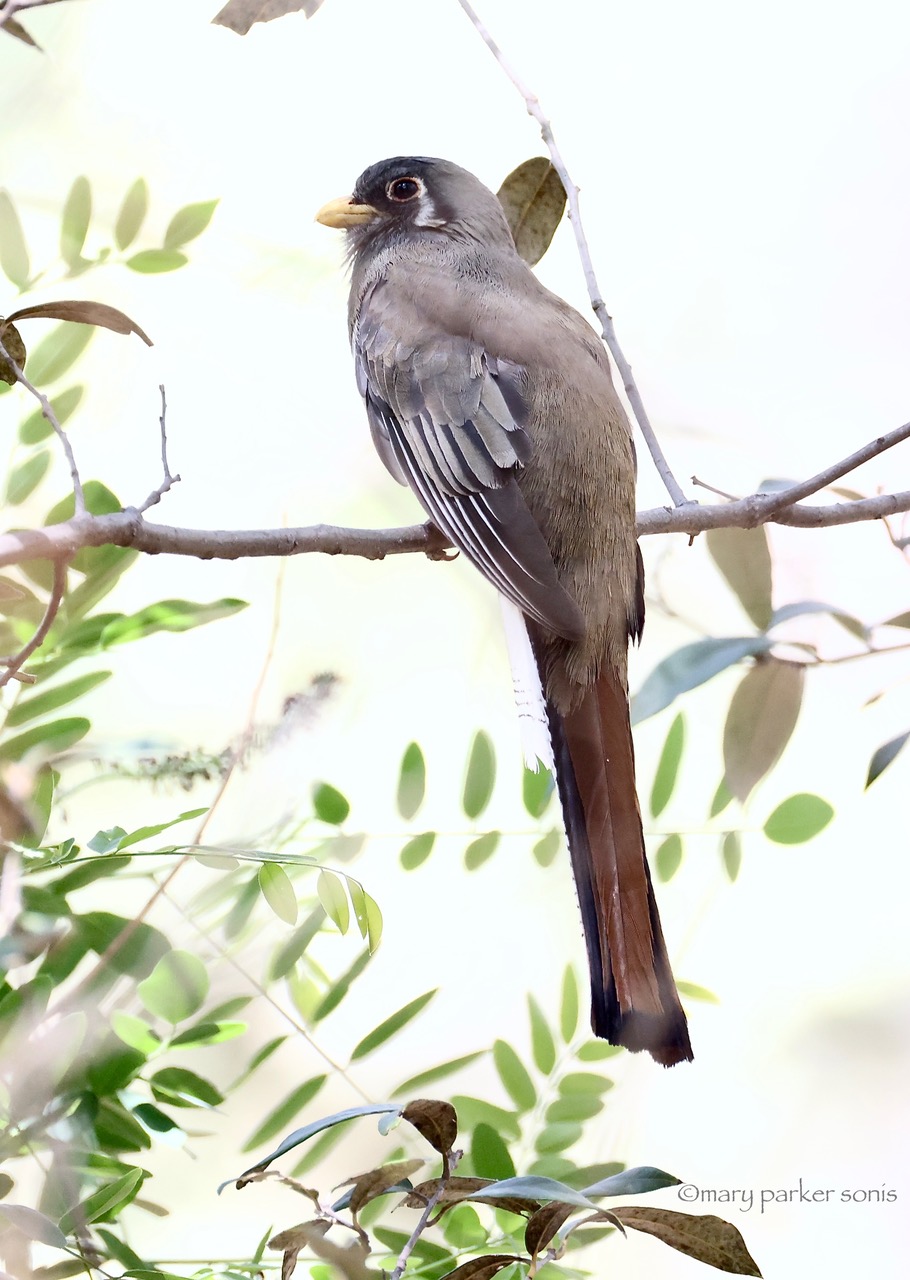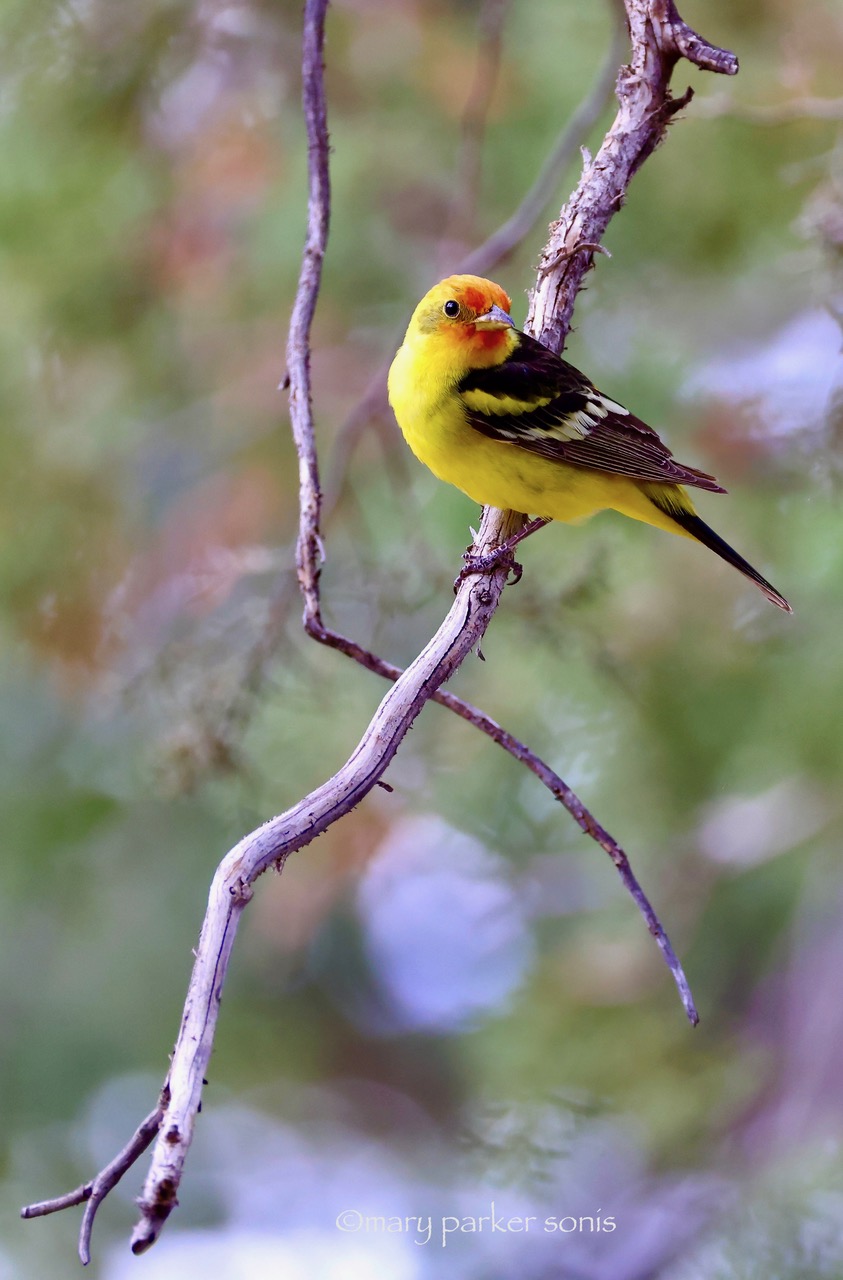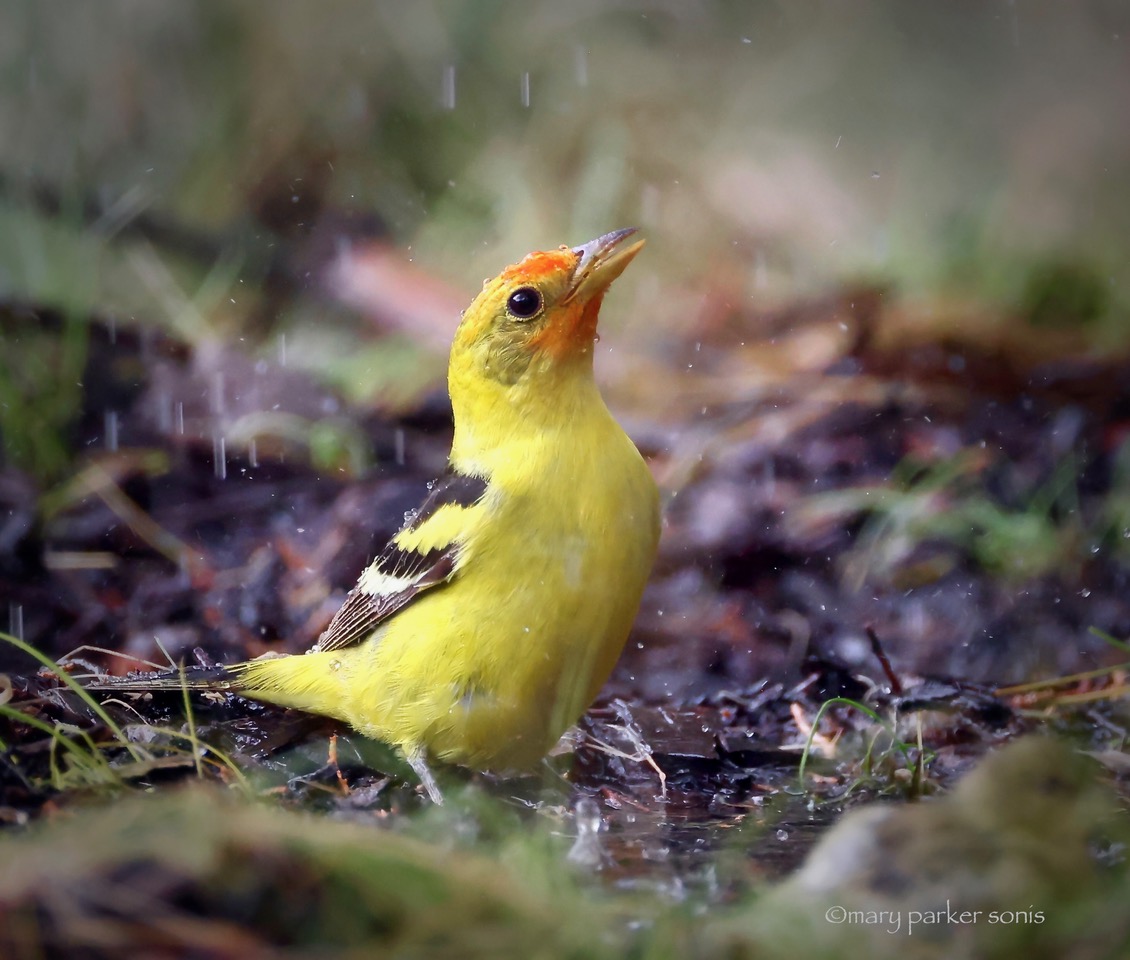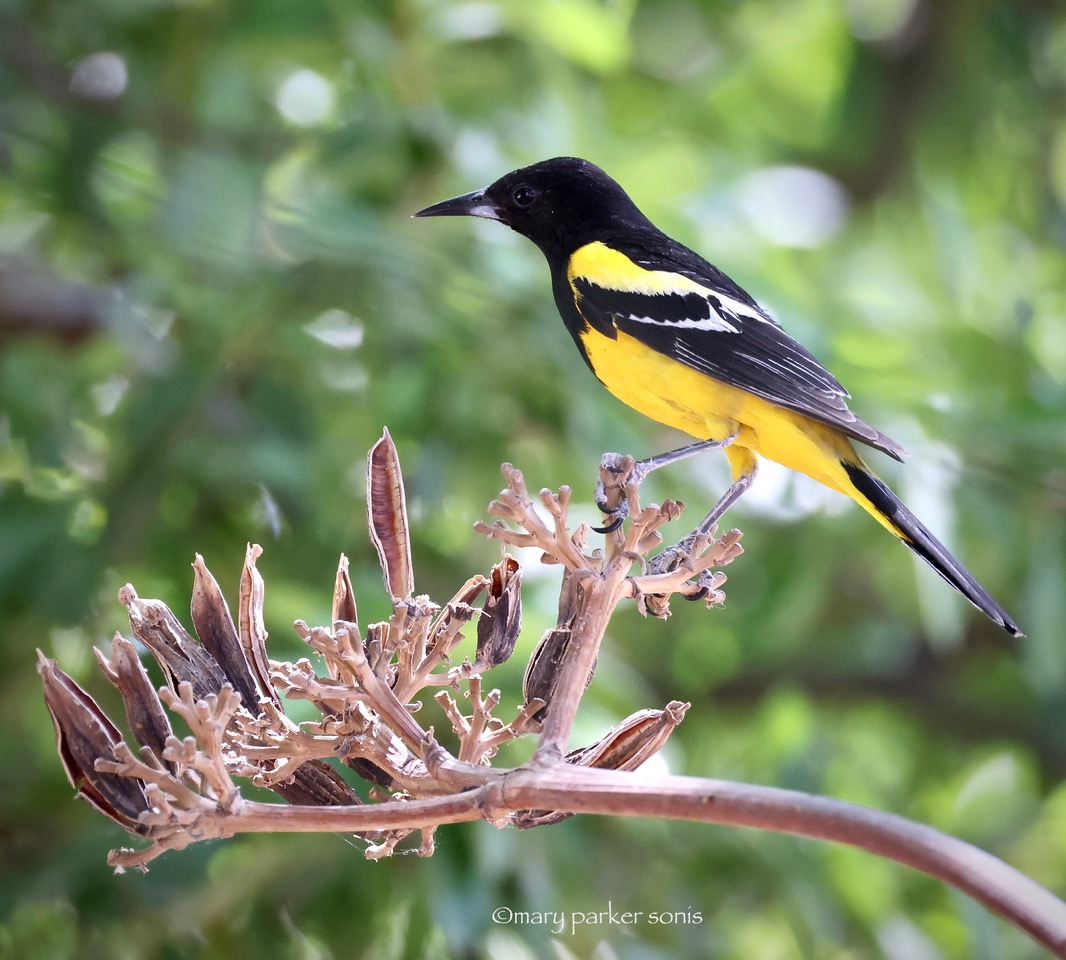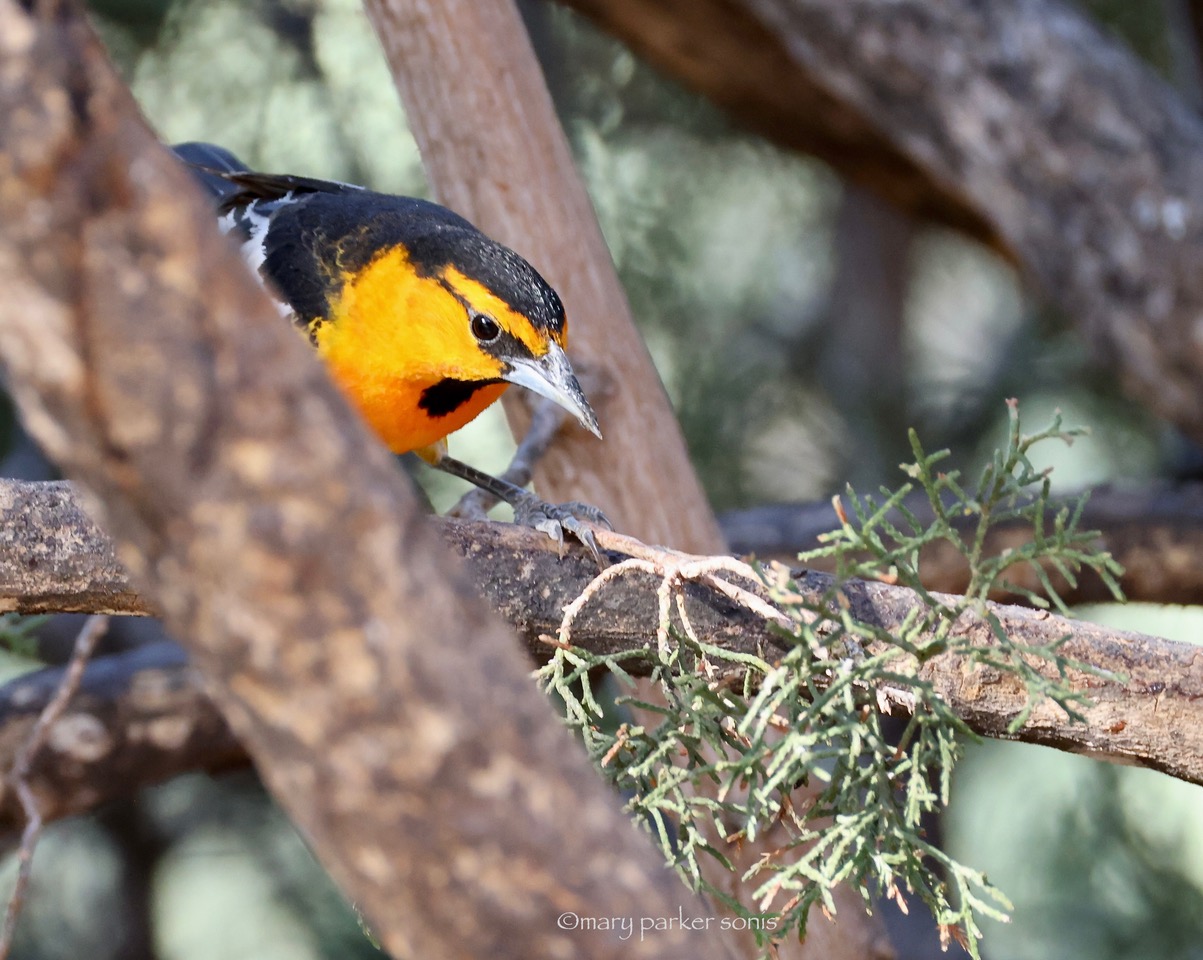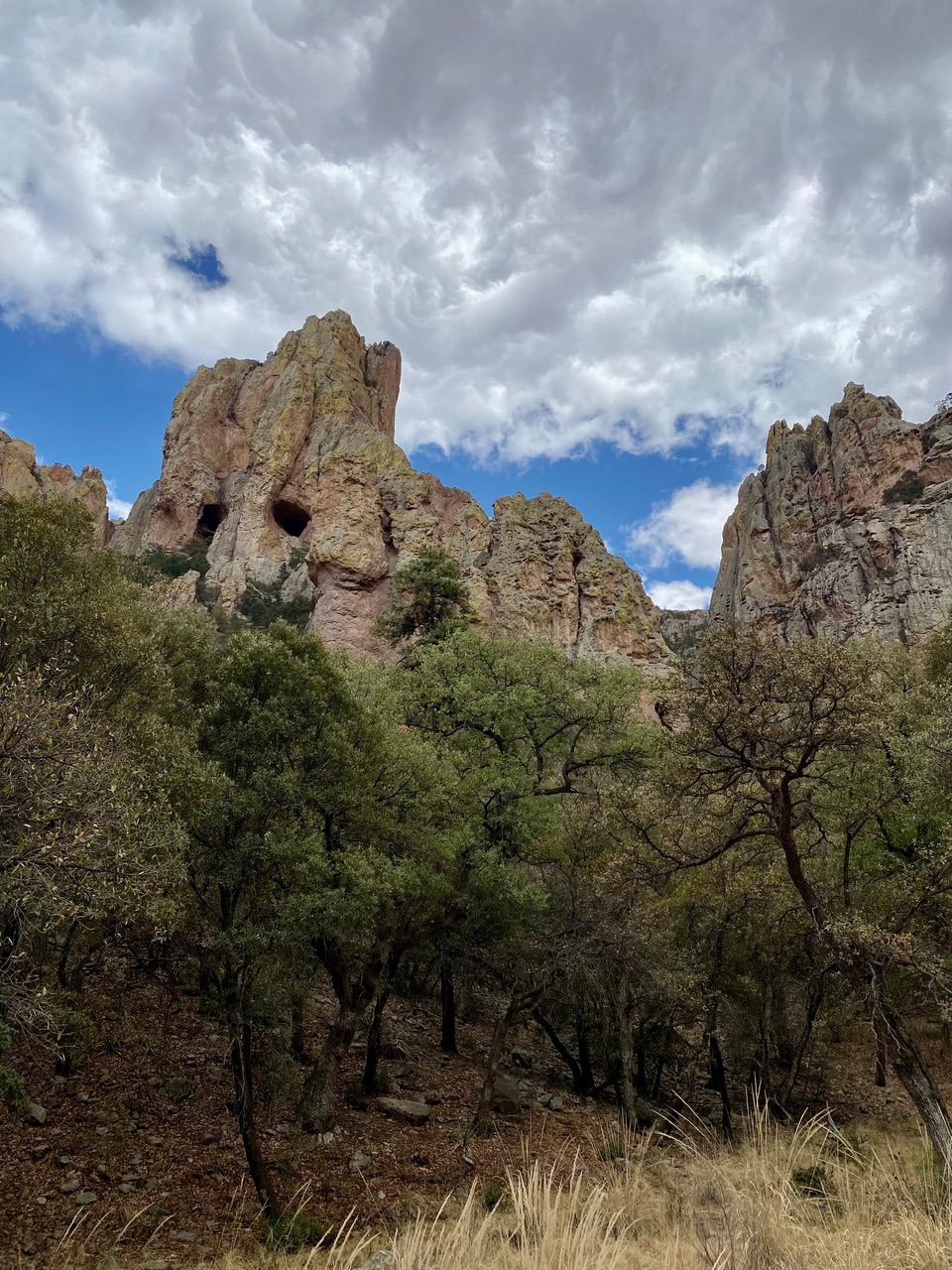Back again from Portal Arizona, where the wildlife dazzles you every day. Here we are in the center of town. They have a library, a bookstore, a Volunteer Fire Department, a post office and a very good cafe. The quiet is heavenly.
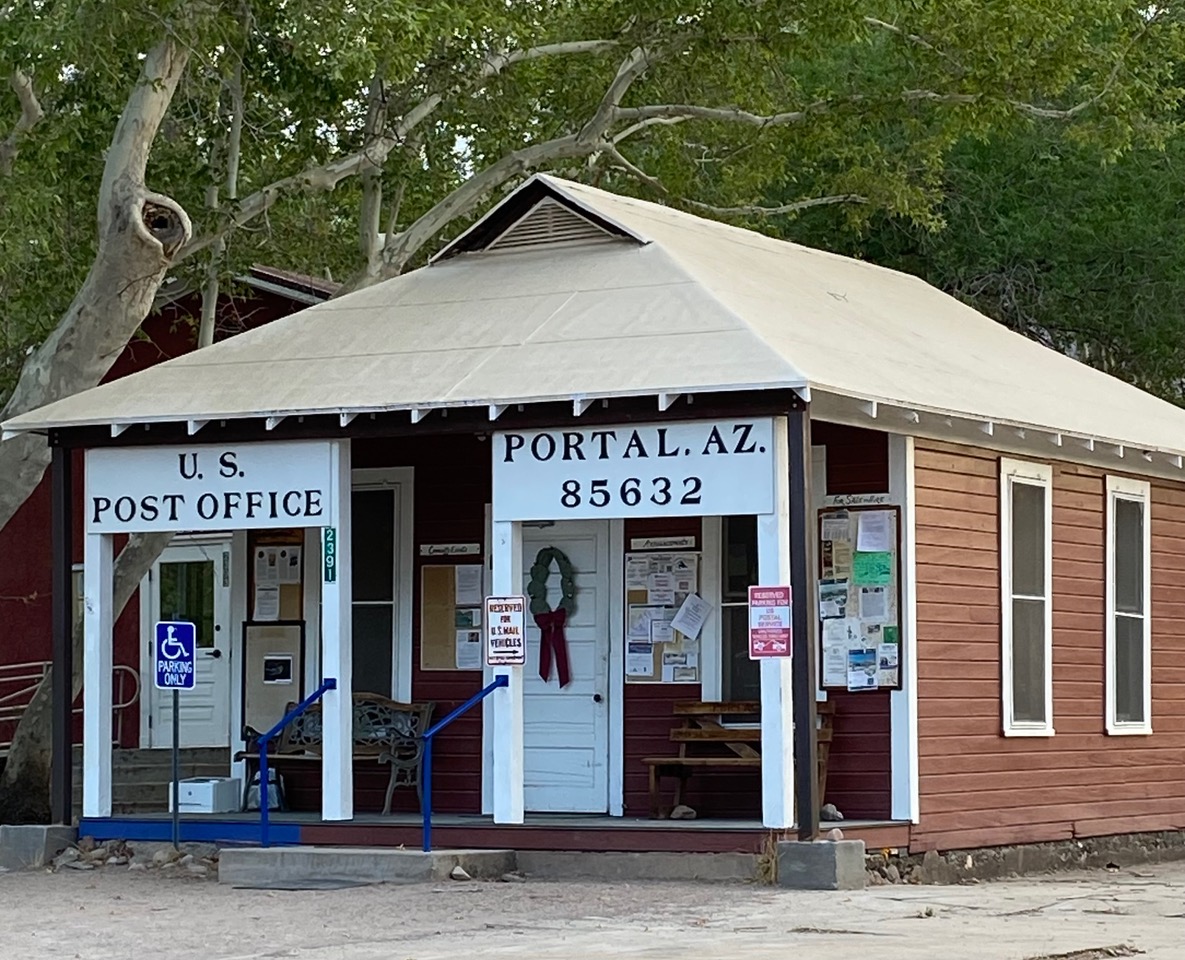
So, here’s the star bird of the Chiricahua Mountains, the Elegant Trogan. We had such good luck with this particular bird. Apparently, they came in a bit later than usual this spring, so when we arrived, this handsome fella was calling for his mate and quite public. The call is a rough, rasping bark that fills the canyon. There’s no missing where he might be located. We saw both the male and female on multiple days.
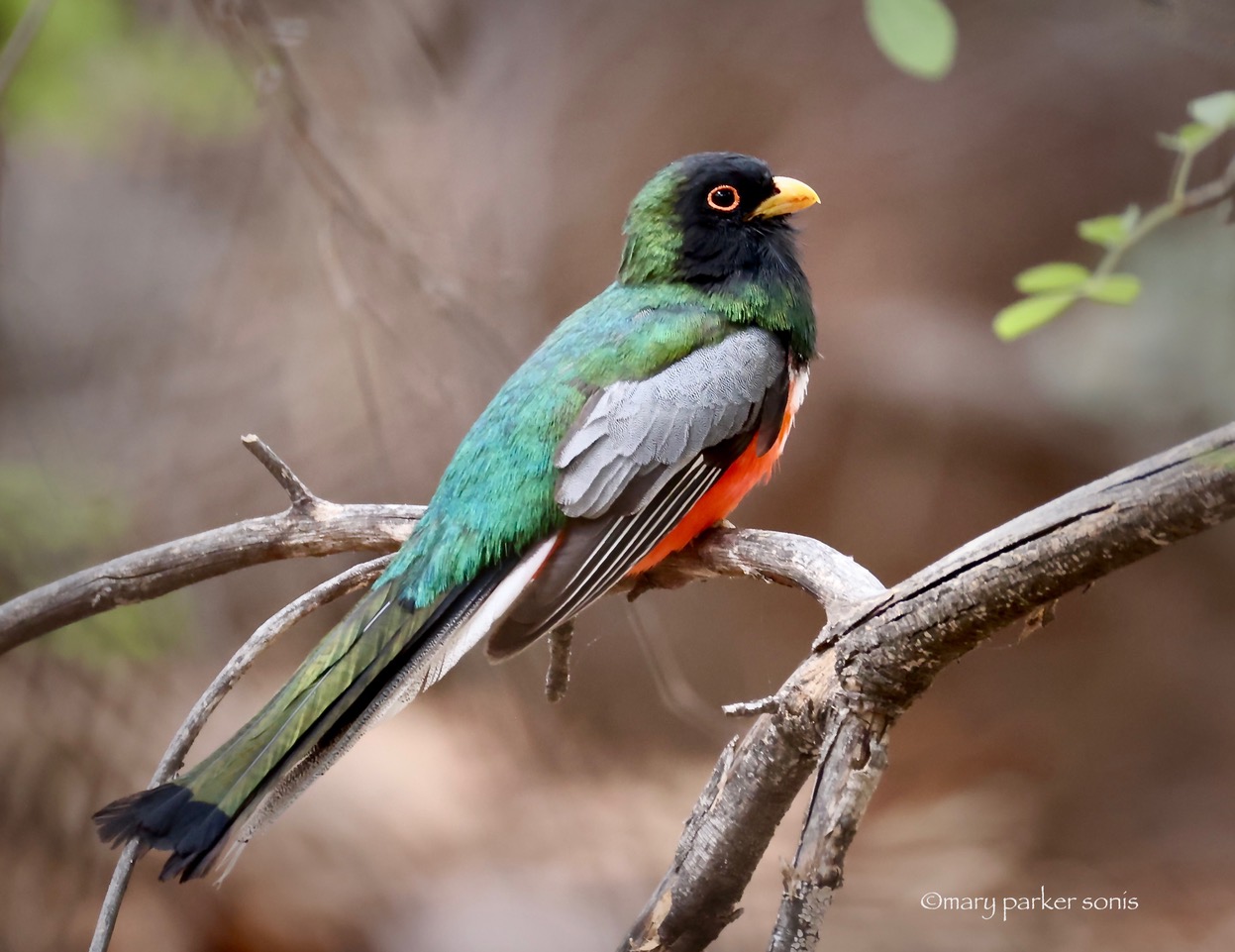
These birds are posers. They don’t flit off in a rush, but perch quietly and grandly, giving a person plenty of time to fiddle with all the knobs and buttons on your camera.
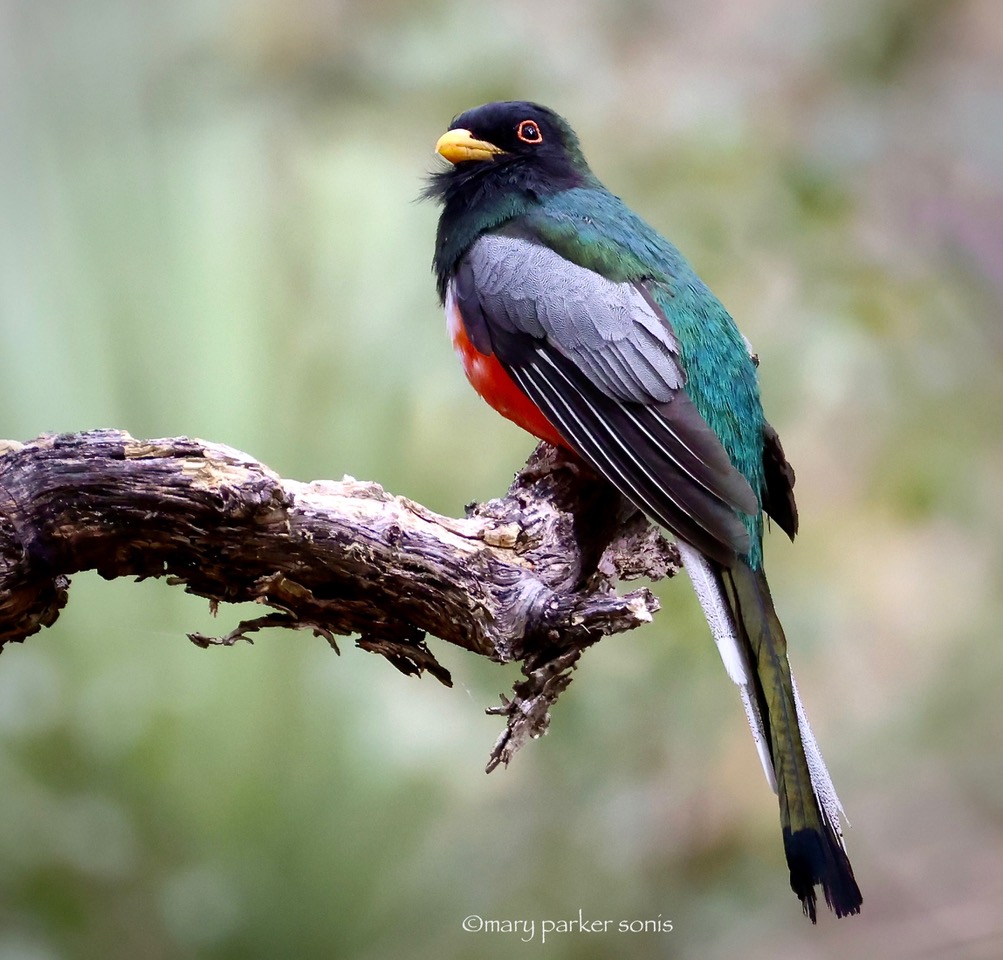
Remember the drought? Well, that drought meant there was only one game in town. Every creature needs water, so you plunk yourself down where the creek still has water, and everyone eventually comes by for a drink or bath.
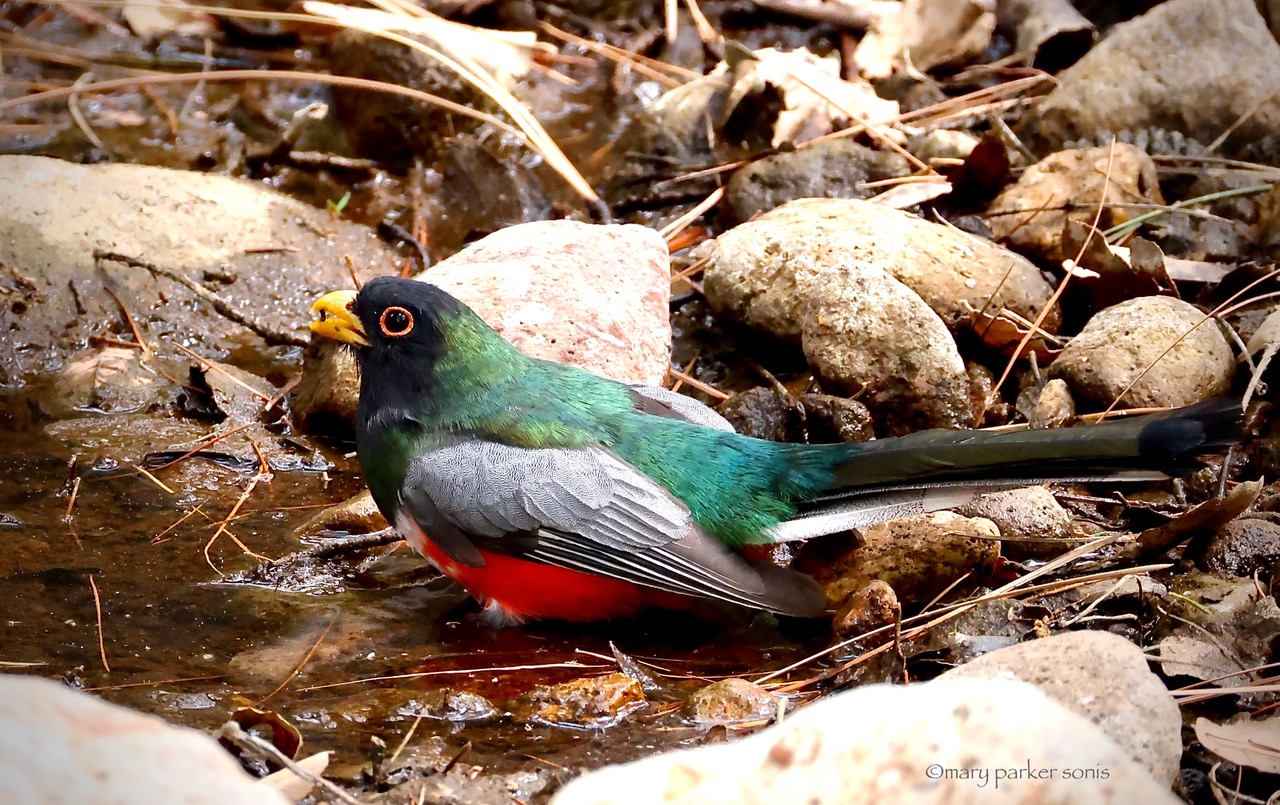
This tiny section of southeastern Arizona is more Mexico than American Southwest, so it attracts species you would not normally see in the US. We were birding in that tiny slice of orange on the map.
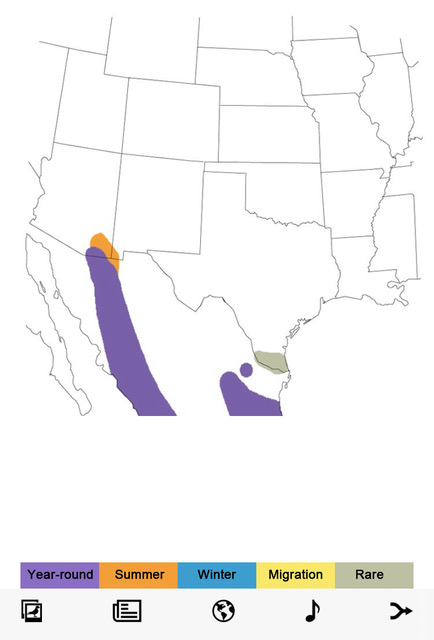
Another signature bird of the southwest is the Pyrrhuloxia. This species is more abundant, and widespread, and tends to occupy the desert scrub. As you can see this bird is a member of the Cardinal family, and even its song is similar to a Cardinal.
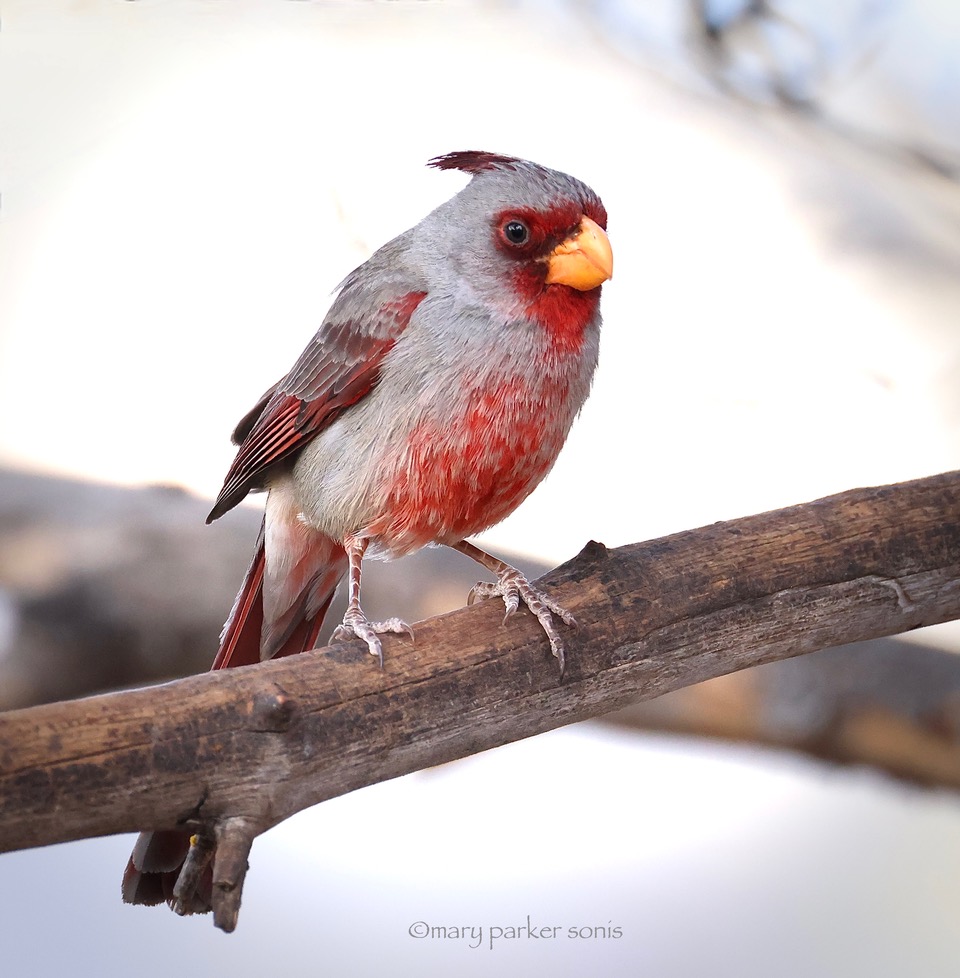
Painted Redstart. Much like our American Redstart, the Painted Redstart fans its tail constantly to stir up insects. The water again proved to be the draw. The bird wasn’t always bathing, but when the trees are dry and leafless, the creek is a better spot to stir up insect prey.
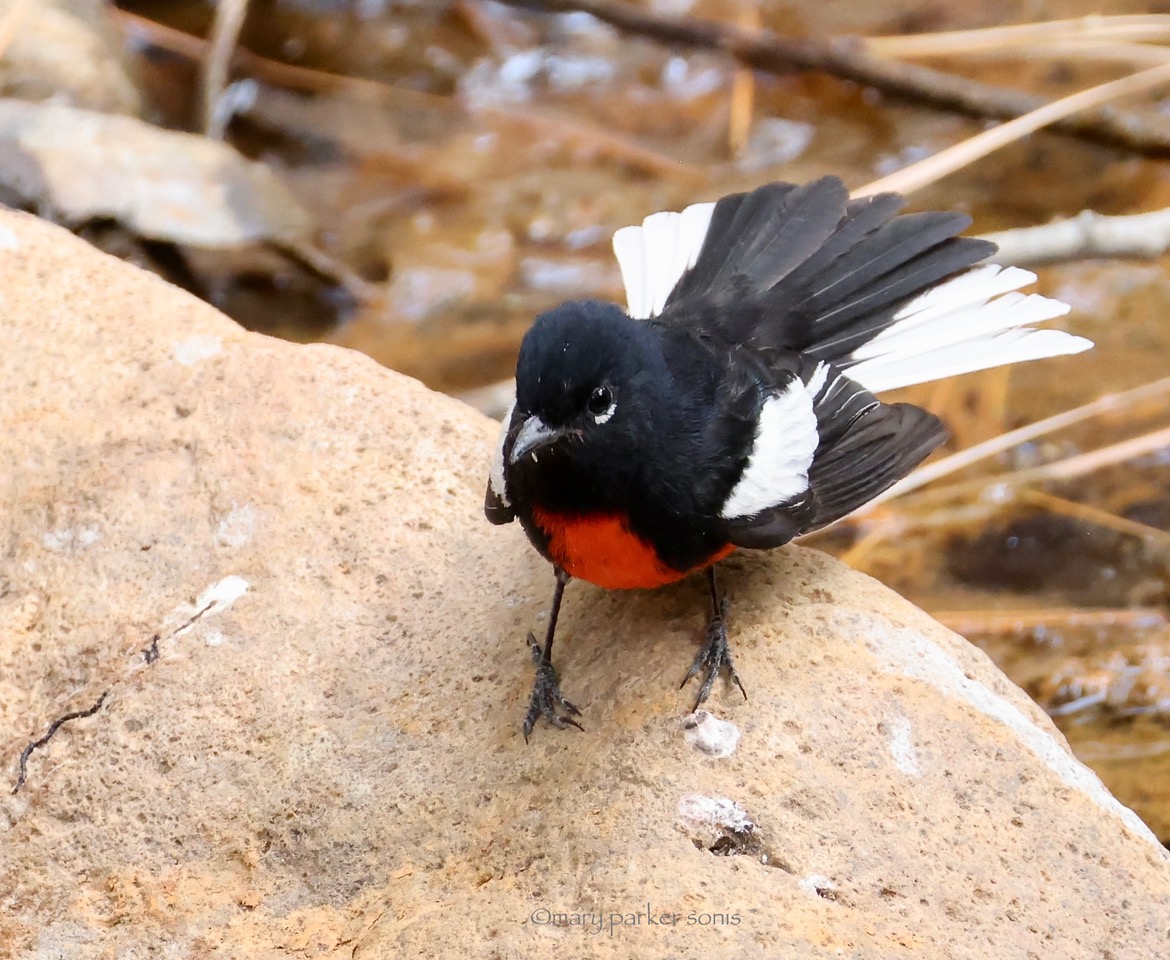
Mexican Jay. One of the commoners seen at many locales.
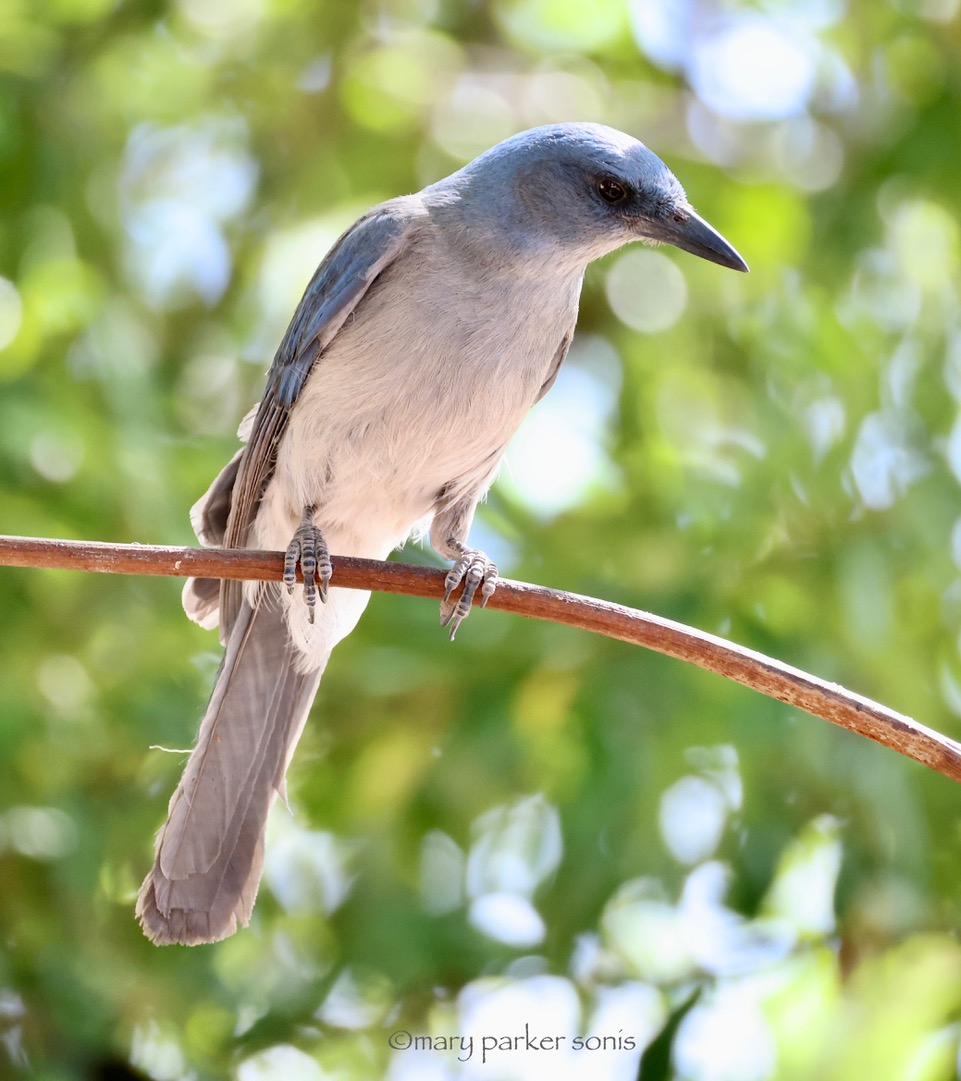
We all have favorites, and I can’t resist a Western Tanager. We saw dozens of them on our trip, and I never tired of them.
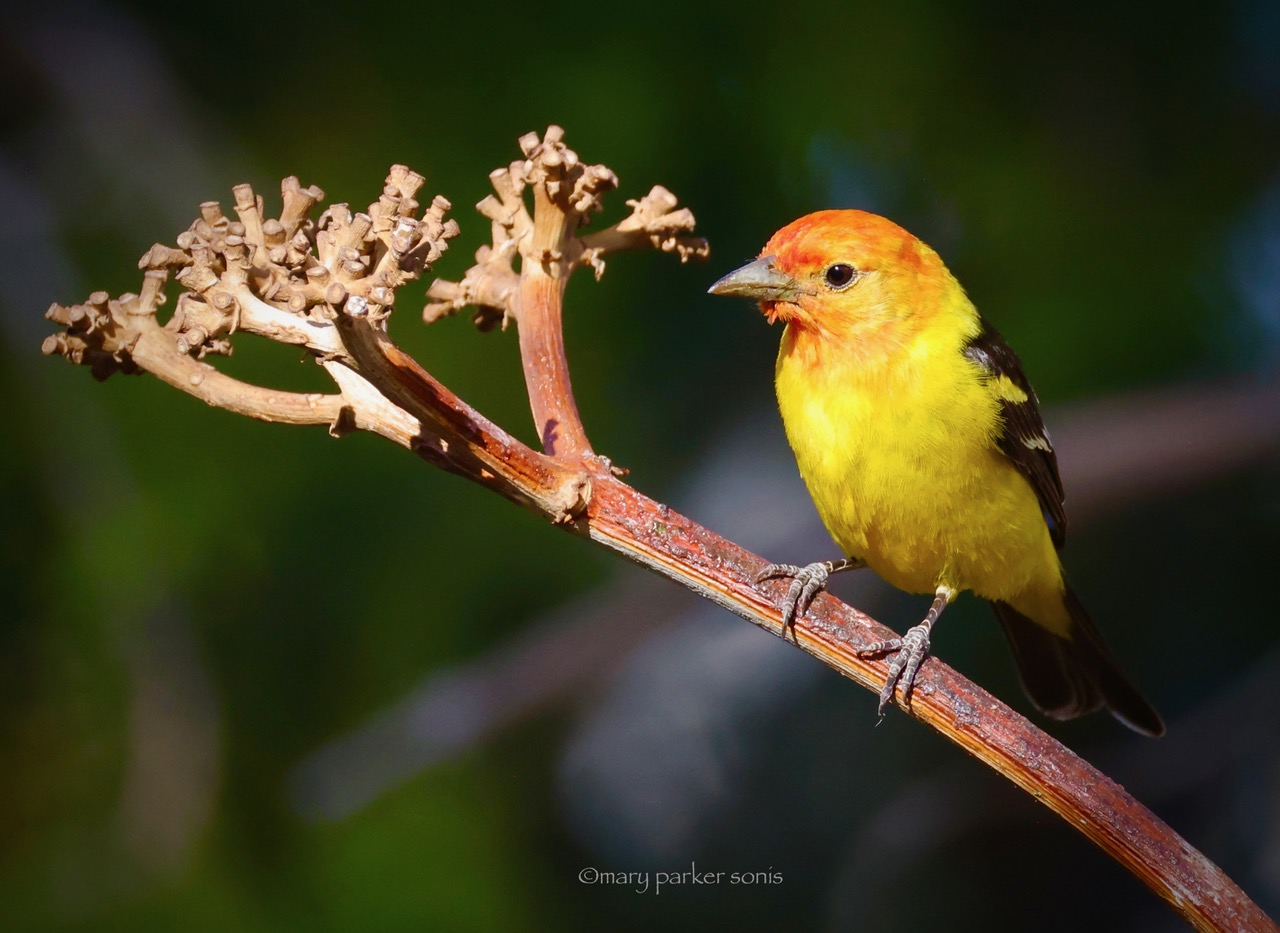
The male is the blurry bird at the top of the photo. His flame color is strikingly vivid. Females and immatures are more mildly marked.

Scott’s Oriole scaring off a Western Tanager.
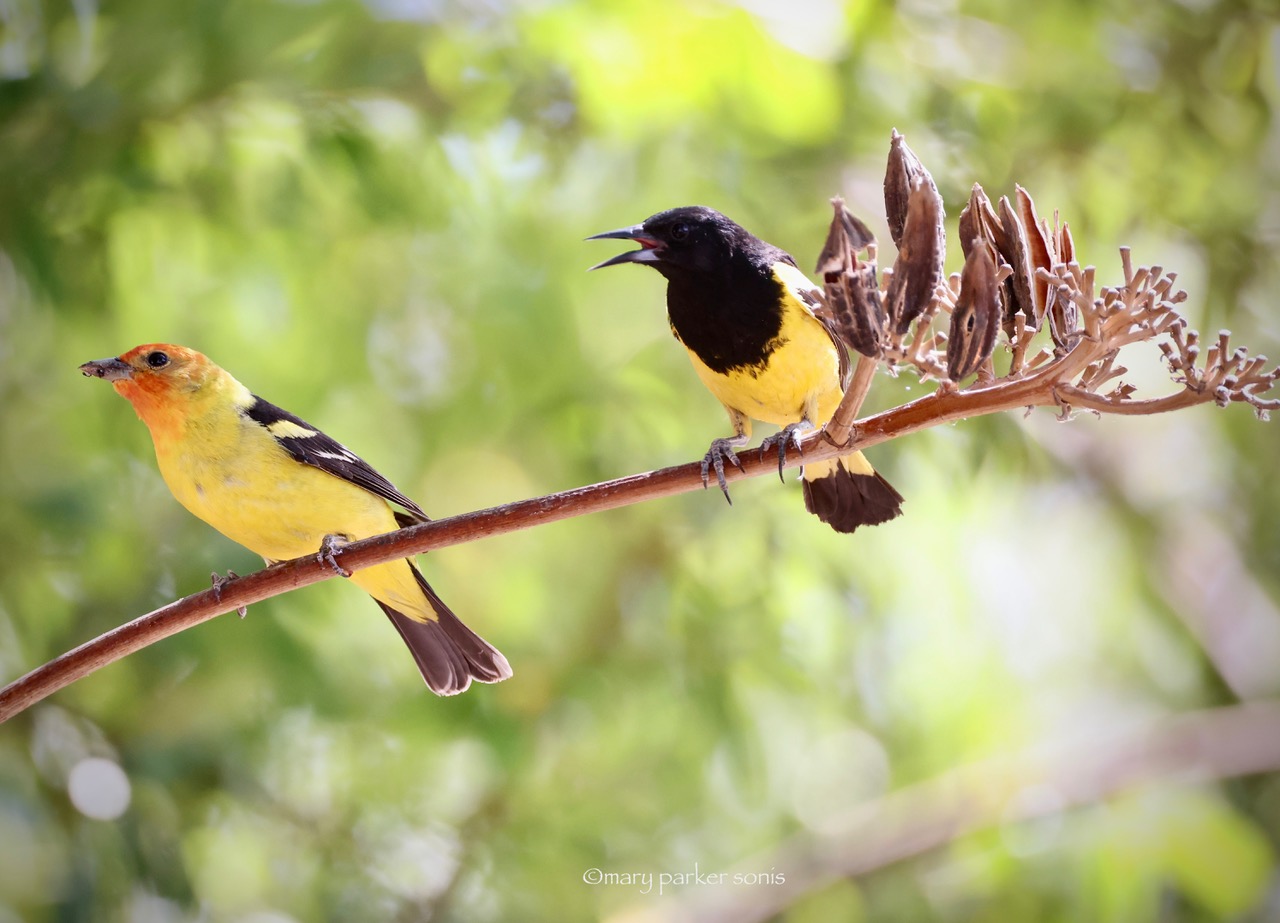
Bullock’s Oriole. Seen in summer throughout the west, and similar to a Baltimore Oriole
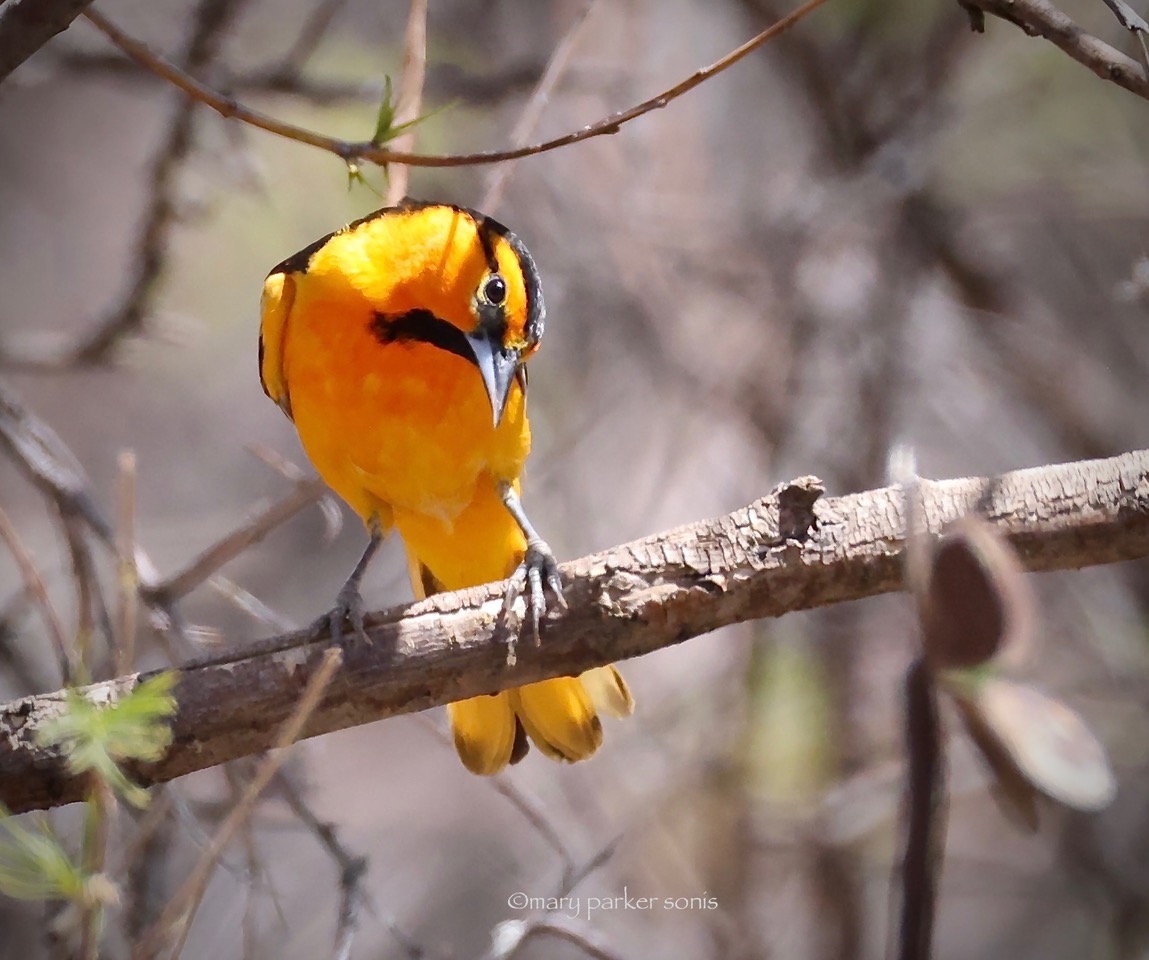
Javalina, (aka Collared Peccary). It is not a pig. The Javalina branched off from the pigs nearly forty million years ago. They are unique, cranky, and like to come snuffling around human development searching for food. Gardeners don’t appreciate them, but they are pretty cool looking beasties. When aggravated, a javelina can raise the hackles of that collar. I recall a trip I took to west Texas many years ago where a local restaurant boasted an occasion when a “squadron” of Javalinas (and yes they call them a squadron when in a group) had burst through the screen door of the restaurant, and wreaked havoc running around the restaurant.
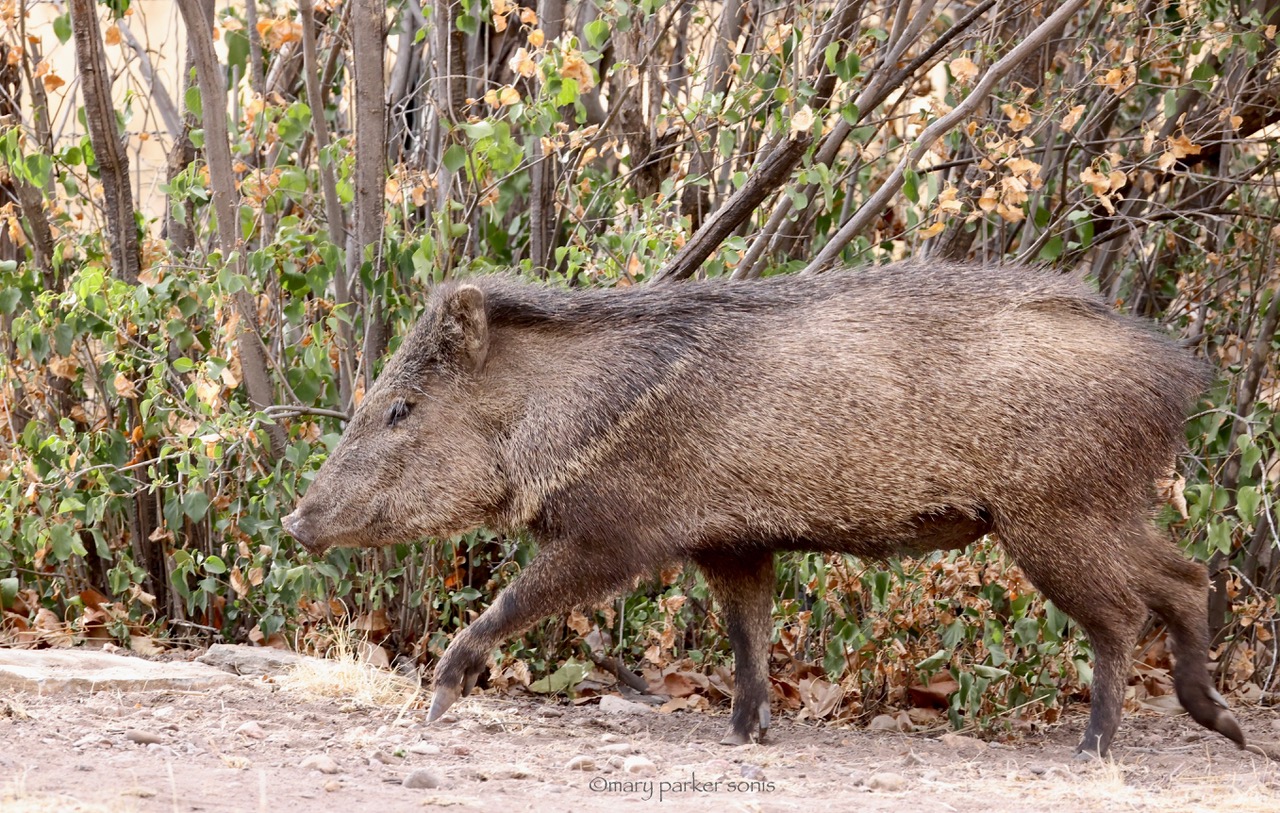
A large male can weigh about sixty pounds. They are native to Texas, Arizona, and New Mexico. I’ve been advised to steer clear of Javalinas in breeding season when the males are feeling aggressive, and the females are in heat. They do bite, and aren’t particularly afraid of people.
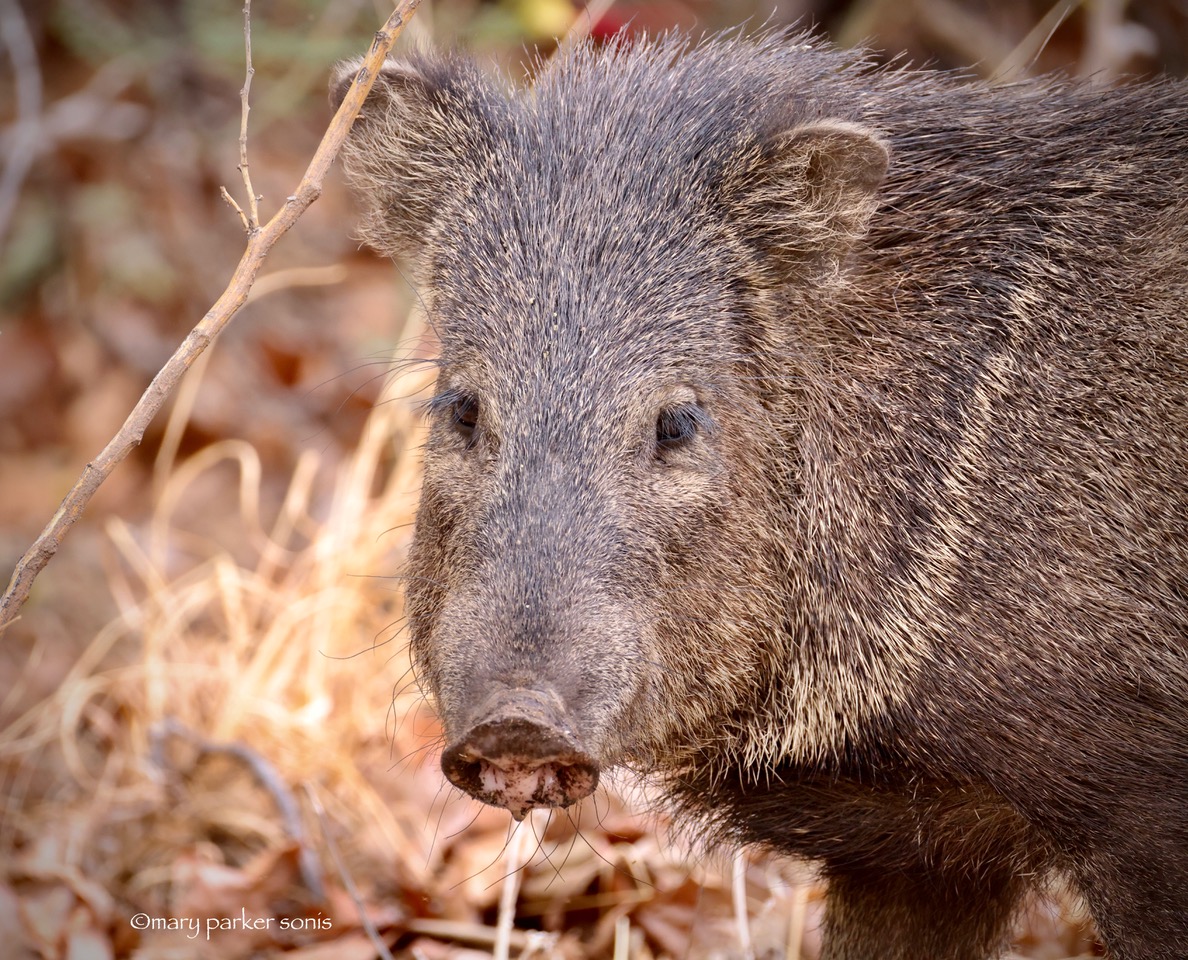
Clark’s Spiny Lizard (Sceloporus Clarkii) observed on a stone wall in front of the Portal Library.
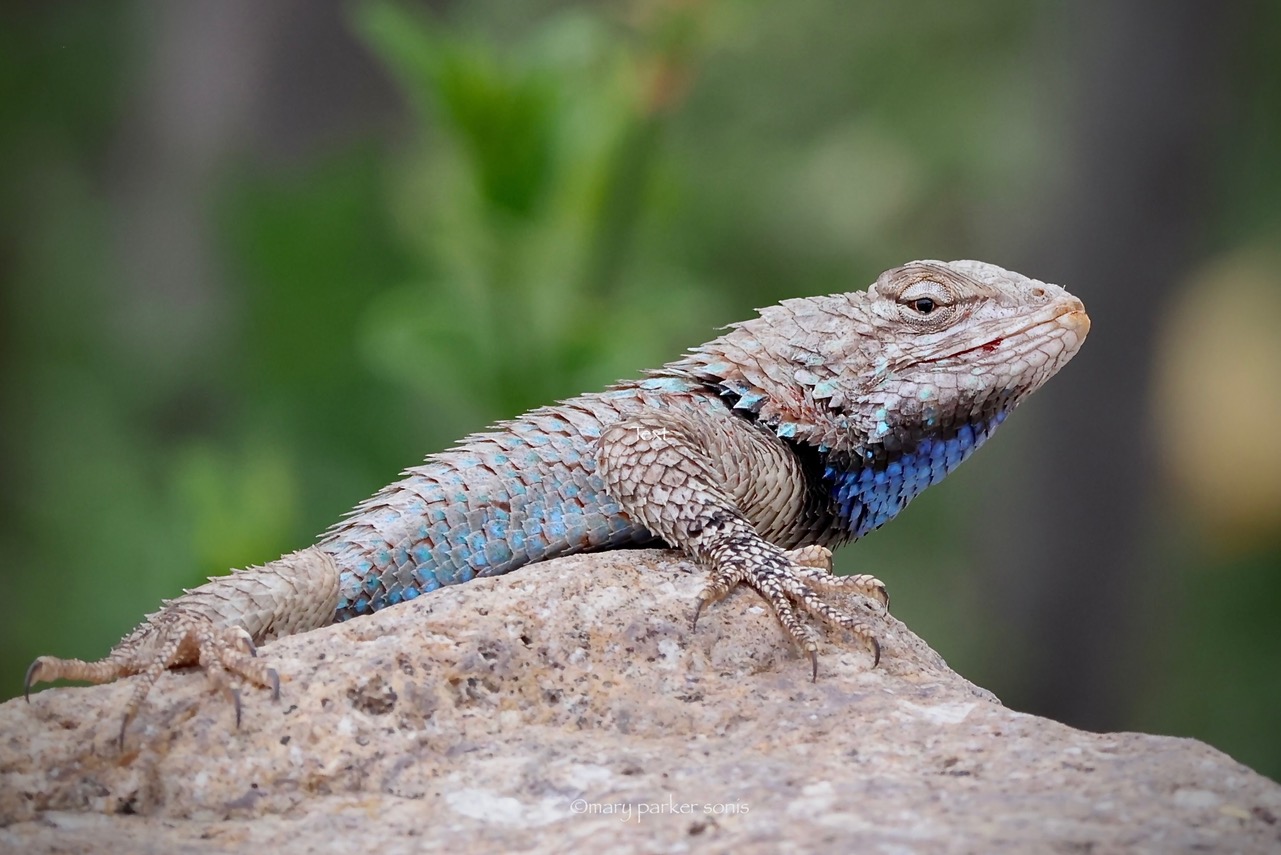
There’s much more to see, so stay tuned for more from Portal Arizona.
Love,
Mary K
